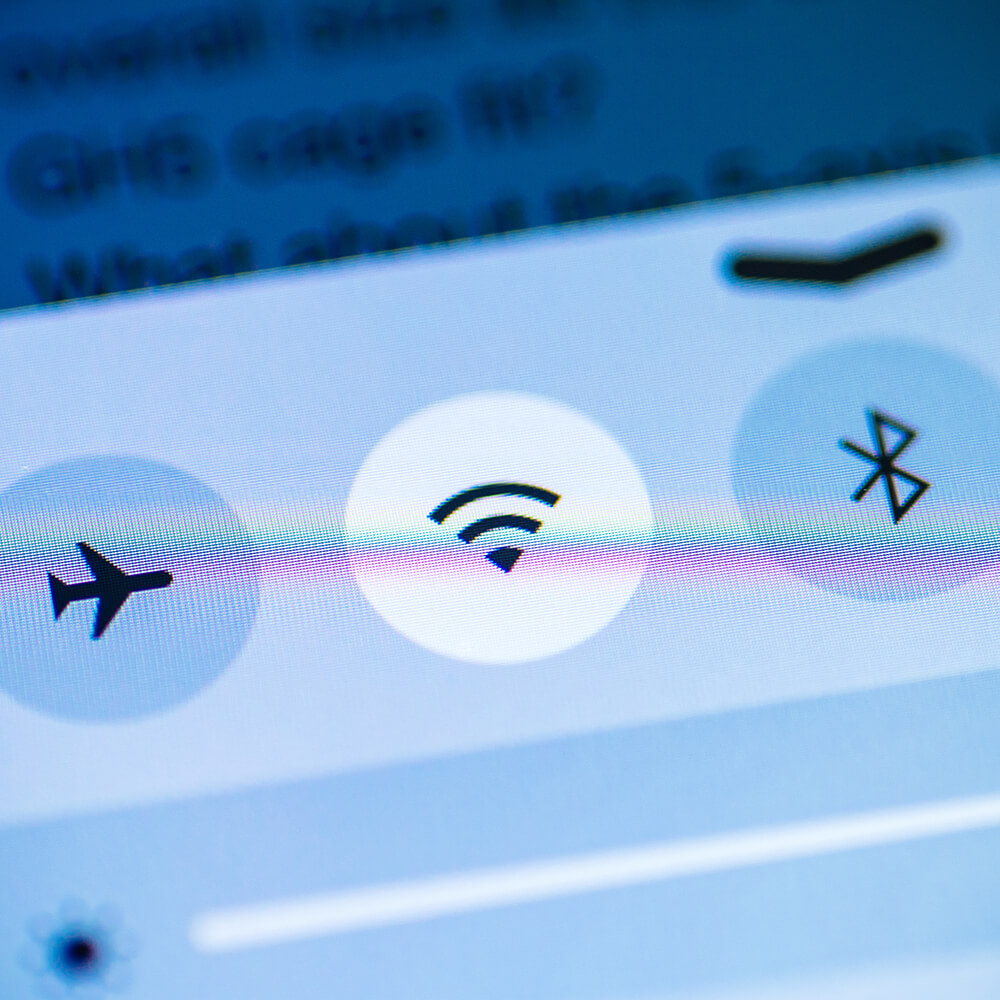Hearing Aids
Better Hearing Center is committed to bringing you the latest in technology. Our products are supplied by top industry leaders including Starkey, Siemens, ReSound, Phonak, Sonic Innovations, Oticon, Widex and more. We use products from all the manufacturers in order to provide you with the widest range of options to fit every individual’s needs. After we evaluate your hearing needs, we’ll help you find the best style of hearing device in your price range.
Behind-the-Ear (BTE)
Behind the Ear hearing aids are hearing aids that sit outside the ear, hanging behind your outer ear. These hearing aids are the most powerful type in the market and offer the most comprehensive range of features. A long-lasting battery is often used with BTEs, so you do not have to worry about losing power too often. BTE devices are ideal for severe to profound hearing loss, and they are suitable for any age, from children to older adults, due to their ease of use.
Open Fit BTE
These are smaller but follow the same design as BTEs. The most significant difference is that the earpiece does not fit into the ear canal as tightly. Although they have regained popularity in recent years, open-fit hearing aids aren't new. They have come back in style because of their perceived problem of excessive feedback is not as much of an issue anymore. Even basic hearing aids now have advanced feedback management systems that help detect and eliminate feedback before it reaches your ears.
In-the-Ear (ITE)
This is a custom-fit style; each ITE is made based on your ear impression. The components are fit into a shell that fits easily into the ear's outer part. ITEs are large enough to accommodate manual controls and are excellent for mild to severe hearing loss.
In-the-Canal (ITC)
This style is more discreet and tailored to fit your ear canal than the standard ITE. The battery life of these hearing aids is longer than the smallest types of hearing aids. They are positioned in the bowl of the outer ear. They have a battery life slightly longer than more discreet types, fit a broader range of hearing losses, and fit additional features like microphones and a volume wheel.
Completely-in-the-Canal (CIC)
These are even less noticeable than the ITC model, reaching further into the ear canal. For those that value discretion, they're the perfect solution - nobody will be able to tell you are wearing a CIC hearing aid. To ensure the perfect fit, CIC hearing aids generally involve several fitting appointments.

Bluetooth Hearing Aids
Bluetooth hearing aids are not new, but you always needed a standalone streamer to help you connect. This changed with the introduction of 'Made for iPhone and' 'Made for any phone' hearing aids. Your phone, TV, music players, and Bluetooth-enabled apps are now able to connect to these types of hearing aids directly.
In a world of smartphones and portable mobile apps, it is no wonder that many of today's wireless hearing aids use this kind of Bluetooth technology. Those who use their phones as their media center will appreciate streaming content via hearing aids, from watching the latest shows to catching up on a podcast.

Nobody could have predicted the scale of COVID-19's impact on our healthcare just a few months ago. It's challenging to stay on top of your hearing health, and when you are unable to visit your hearing specialist, it gets even more difficult.
One positive development coming out of the pandemic is the rapid expansion of remote healthcare services - and hearing care is no different. Our telehealth hearing service enables you to see, hear, and have an in-depth conversation with one of our hearing specialists, much like a typical office visit. Wherever you are, get the same standard of care and treatment you would expect from an in-person visit.
We provide a variety of services for remote hearing, including:
Remote hearing aid consultation: Those interested in learning more about hearing aid models, pricing, and choices are offered a free consultation.
Remote hearing aid programming: Many hearing aids include an app that enables you to request adjustments to your hearing aid settings to suit better the environments you spend time in. The programming adjustments will be sent to your smartphone to be uploaded via the hearing aid app to your hearing aids.
Troubleshooting remote hearing aids: For those with malfunctioning or damaged hearing aids; we can help troubleshoot the problem from afar.
